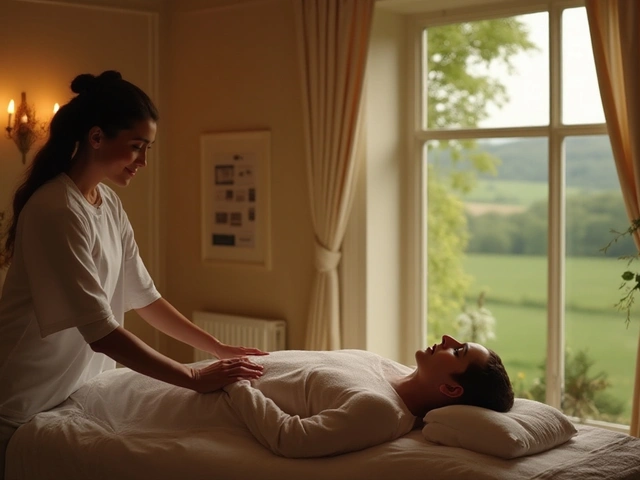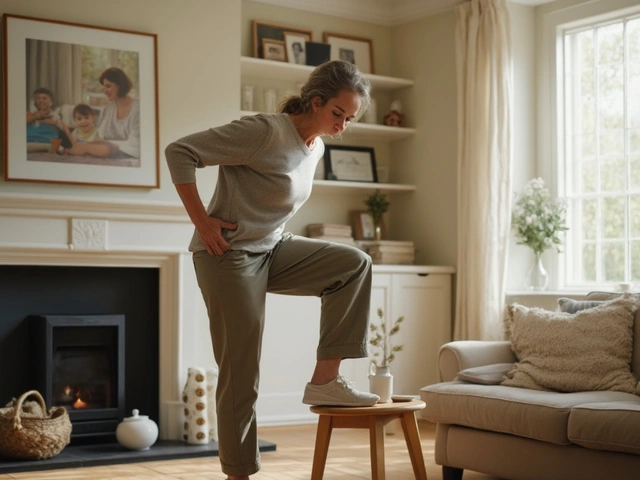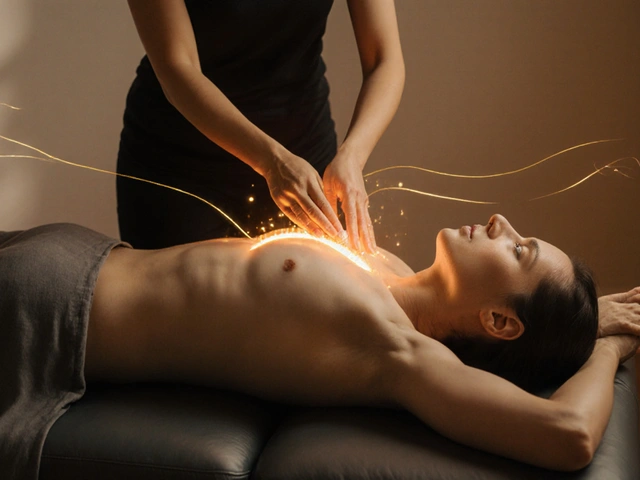Palliative Massage: Gentle Care for Pain and Comfort
Want a simple way to ease pain and calm someone who’s seriously ill? Palliative massage does exactly that—gentle touch, guided by comfort and safety, to reduce pain, anxiety, and muscle tension when other treatments aren’t enough.
Palliative massage focuses on comfort rather than fixing the underlying disease. Therapists use slow, light strokes, holding, and subtle movements to reduce muscle tightness, improve sleep, and ease breathing. Sessions can be short—10 to 30 minutes—or longer if the person feels up to it. The aim is always to make the person feel better in the moment.
What can you expect during a session? The therapist will ask about medical history, pain levels, and current treatments. They’ll check for fragile skin, bruises, or medical devices and adjust pressure and position accordingly. Communication is key: the therapist will check in often to make sure the person is comfortable and safe.
Benefits that matter
Palliative massage helps in clear, practical ways. It can lower perceived pain, ease anxiety, improve mood, reduce nausea for some people, and help with sleep. For caregivers, it provides a chance to connect and offer soothing touch. These benefits don’t replace medicine but often work alongside it to improve quality of life.
Simple bedside routine you can try
If you’re a caregiver and want to try gentle touch, start with a three-step bedside routine. First, warm your hands by rubbing them together. Second, use light, slow strokes along the arms and shoulders for 3–5 minutes—keep pressure soft. Third, finish with a gentle hand or foot rub, focusing on breathing and checking comfort. Stop at any sign of pain or discomfort.
Techniques used in palliative massage are basic: gliding strokes (effleurage), gentle holding, and light circular movements for joints and shoulders. Therapists may add aromatherapy but only with permission and careful choice—some patients react to scents or are undergoing treatments that make smells overwhelming.
When should you skip massage? Avoid massage over deep vein thrombosis, open wounds, recent fractures, or active infections. Check with the medical team if the person has low platelet counts, unstable blood pressure, or is receiving certain cancer treatments. When in doubt, ask a nurse or doctor first.
Finding a therapist: look for someone trained in oncology or palliative massage, or ask your hospice or clinic for recommendations. If you’re a family caregiver, short, gentle sessions you give yourself can still help—just follow the bedside routine and keep communication open.
Palliative massage is about dignity, comfort, and small, real relief. It won’t cure the illness, but when done safely it can bring calmer nights, less pain, and moments of human connection when they matter most.
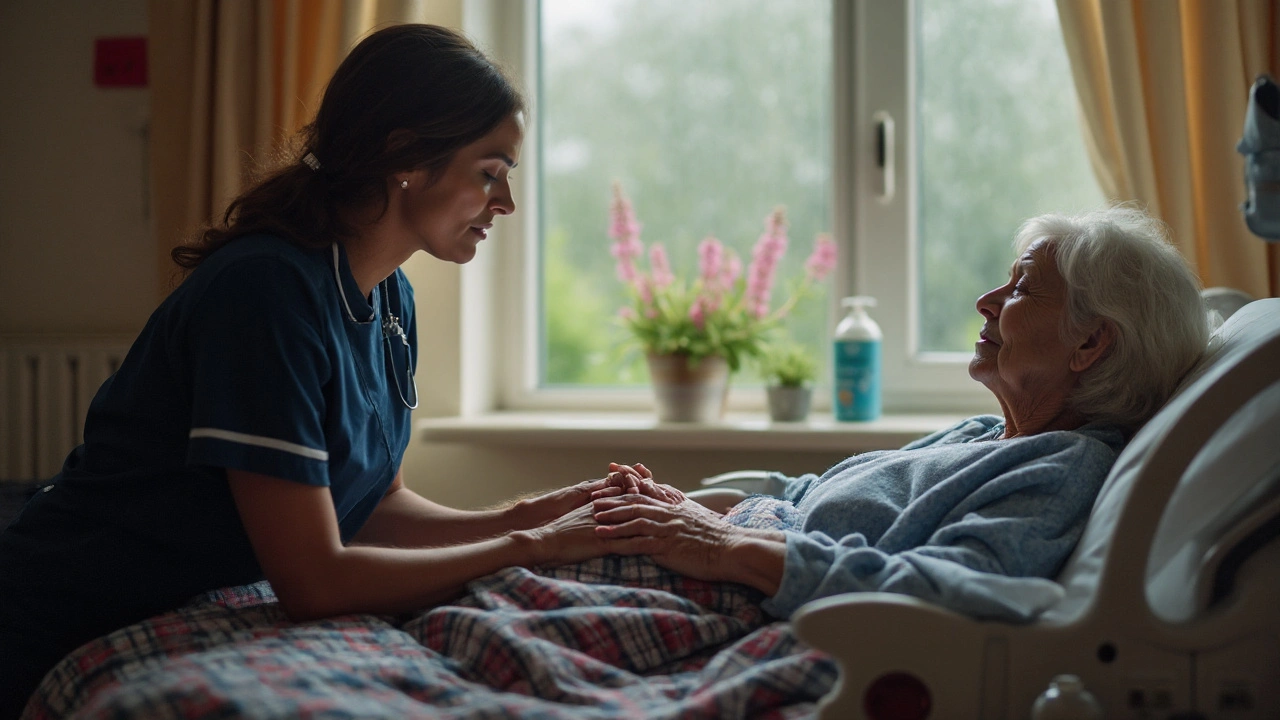
How Palliative Massage Transforms Hospice Care: Benefits, Techniques, and Safety
Discover how gentle touch reduces pain, anxiety, and restlessness in hospice. Evidence-backed steps, safety rules, and caregiver-friendly techniques that truly help.

Palliative Massage: A Healing Touch for the Soul
This article unpacks what really goes on with palliative massage and why it's more than just a nice rubdown. Find out how this focused touch can make late-stage illness a little softer, both physically and emotionally. There are real stories of relief, honest facts about what works, and practical tips if you're considering this kind of care for yourself or someone you care about. Whether at home or in hospice, palliative massage isn’t just about managing pain—it’s about feeling human again. Get some straightforward advice on how to approach it and what to expect.
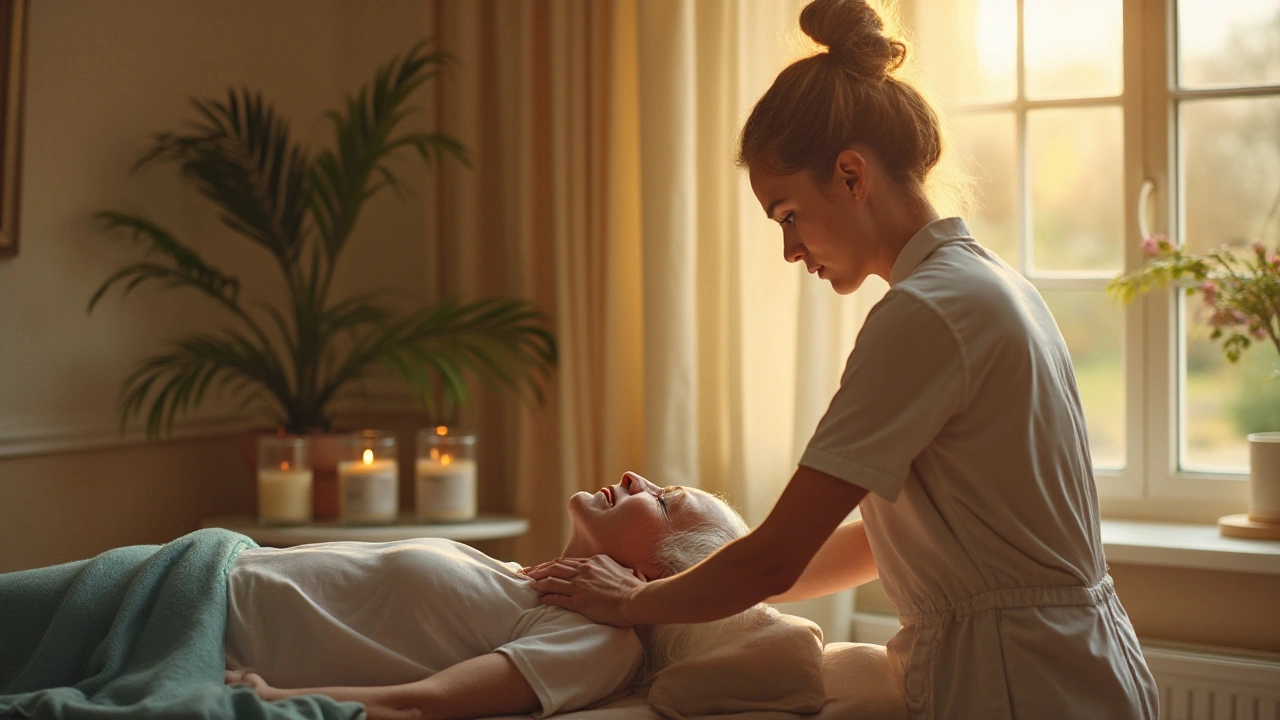
Enhancing Comfort with Palliative Massage for Pain Relief
Palliative massage offers a gentle approach to alleviate pain and improve comfort for individuals dealing with serious illnesses. This form of therapy focuses on enhancing the quality of life through the soothing power of touch. By addressing both physical and emotional pain, palliative massage provides relief and relaxation in a compassionate manner. It integrates various techniques to accommodate individual needs and preferences, making it a versatile tool in comprehensive palliative care.

Palliative Massage: Transforming Holistic Health and Wellbeing
Palliative massage is emerging as an essential component of holistic health. This therapeutic technique provides physical, emotional, and psychological benefits, particularly for individuals dealing with chronic illnesses or undergoing end-of-life care. The article explores the benefits, techniques, and impactful stories, revealing why palliative massage is considered a game-changer in holistic health.
Categories
- Health and Wellness (148)
- Alternative Therapies (86)
- Massage Therapy (40)
- Travel and Culture (15)
- Beauty and Skincare (9)
- Holistic Health (8)
- Health and Fitness (5)
- Spirituality (5)
- Other (2)
- Personal Development (2)
Popular Articles
